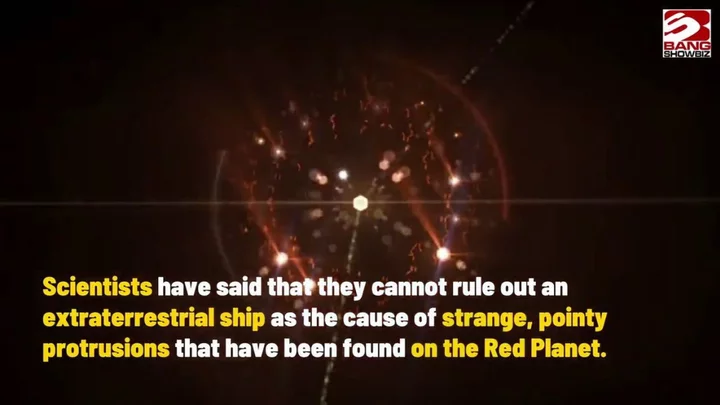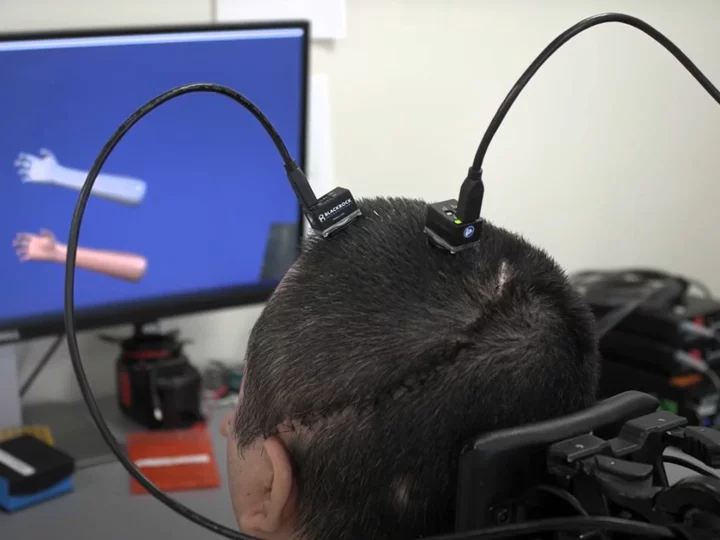Is there life on Mars? Well, according to new research, an alien crash landing there could explain puzzling new findings on the surface of the Red Planet.
It comes after Nasa’s Curiosity Rover captured images of spiked protrusions on the surface back in April.
The strange formations captured in the pictures seem to show a row of spikes and sharp angles emerging from rocks at the base of the Gale Crater, which is 154km long.
The odd discovery has put scientists on high alert and it marks one of the most peculiar things ever recorded on the surface of Mars.
Sign up to our free Indy100 weekly newsletter
Astrobiologist Dr Nathalie Cabrol, who is from the NASA Ames Research Centre and Search for Extraterrestrial Intelligence (SETI) Institute, even said that it’s the “most bizarre” rock she’s seen in 20 years of studying the planet.
The findings are so irregular, in fact, that experts cannot rule out the idea that they’re extraterrestrial in origin.
“A fragment from an extraterrestrial or terrestrial spacecraft cannot be discounted with absolute certainty” the authors of new research published in the Journal of Astrobiology stated.
The odd protrusions could be “sand spikes”, which form in certain sands as a result of strong earthquakes. Another theory posits that the formation could be debris from crashed spacecraft, and authors of the study have not ruled out that it could be the result of crafts launched by humans landing on the surface.
"Given that possibly 10 or more craft have crashed upon the surface, coupled with the jettison of equipment associated with landing the rovers, it is possible the spikes and its substrate are human-made and consist of debris that fell onto the surface of Gale Crater," the paper reads.
“Nevertheless, no debris field is evident and no evidence of any additional debris that may have originated on Earth.
“Given its small size and that there are no known human-made analogs and no logical explanation as to what purpose these spikes may serve, it does not seem likely these specimens are the remnants of craft or equipment that fell into Gale Crater. One can only speculate about extraterrestrial origin."
However, speaking to The Telegraph, Prof Richard Armstrong, of Aston University, Birmingham said: “There is no way of proving for certain what the spikes are but the balance of the evidence would suggest ‘sand spikes’ resulting from seismic activity on Mars.”
Have your say in our news democracy. Click the upvote icon at the top of the page to help raise this article through the indy100 rankings.









